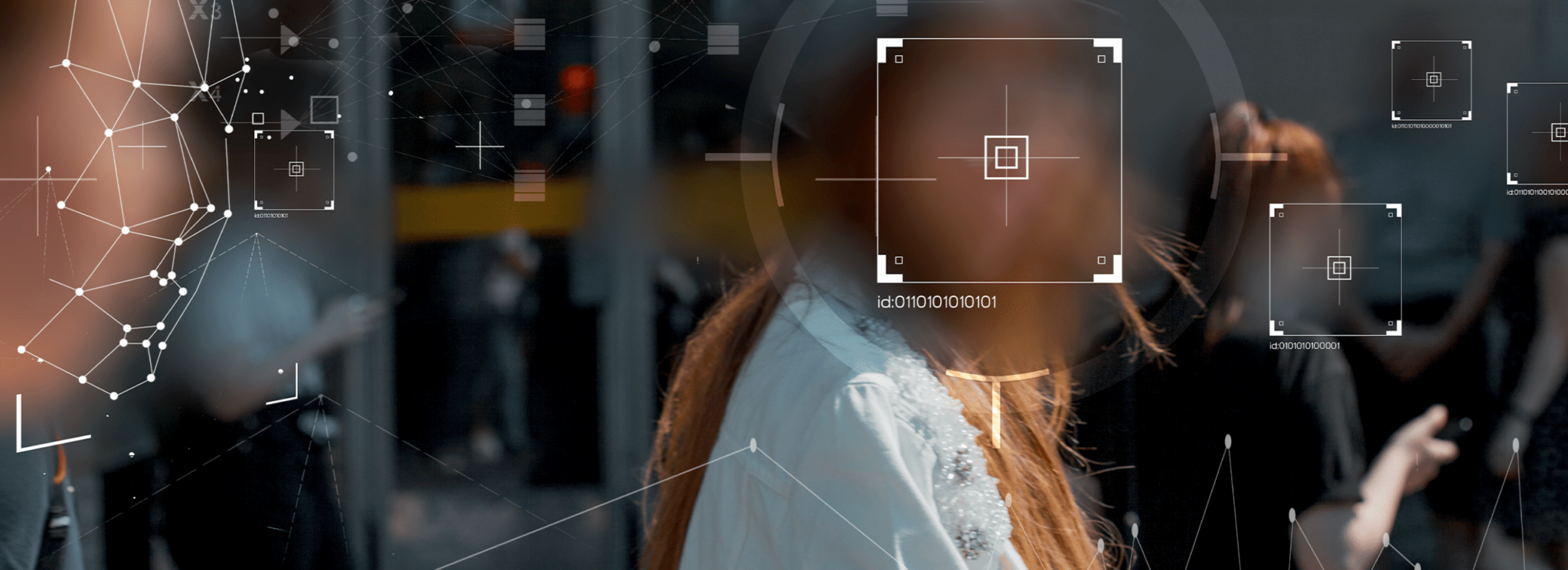No doubt, everyone is tired of the crisis. But the reality is that it still requires adapting and doing things differently. It has hit the supply chain hard creating serious and expensive bottlenecks. It has affected employment as many people lost their jobs, which created economic uncertainty.
One technology has been growing by leaps and bounds before and after the crisis. The pandemic has also compelled more businesses to invest in remote video surveillance. The technology has helped them pivot and minimize disruptions. It’s one of the most valuable assets for businesses because it can do more than secure your business.
So, what does the physical security landscape look like for 2022? What video surveillance trends in 2022 can you expect? The following five areas will most likely see growth or change in 2022 as businesses invest more in video surveillance technologies for reasons other than providing physical security.
1. Growing Use of Analytics and Artificial Intelligence
One of the biggest advances leading the video surveillance trend in 2022 is the use of analytics and artificial intelligence (AI). Businesses no longer want basic cameras that simply capture what’s seen. They want smarter security cameras. Analytics and AI can be customized to deliver the flexibility businesses need.
The incorporation of video analytics and artificial intelligence helps businesses be more efficient. The data from analytics and AI can find traffic patterns and trends in customer behaviors. Analytics can check to be sure only approved people can enter an office or multifamily residential building.
License plate technology also integrates analytics and artificial intelligence for reading license plate recognition. The technology can read the license plate to allow or disallow vehicles from entering a parking garage. It also captures the information in case the driver of a vehicle commits a crime.
These technologies make it possible to watch for specific scenarios and take action when they find a match for a scenario or activity. For example, a construction site may use analytics to monitor for a fall.
If a worker falls, then the video surveillance system will likely send a notification immediately to the right contact person. This can speed up getting medical assistance to the employee. Time is of the essence when someone gets hurt. The sooner you reach an employee, the greater the chances of preventing their injury from becoming more serious.
Analytics and artificial intelligence can accelerate finding the right footage within hours and hours and hours of video.
2. Video Surveillance Becomes a Powerful Tool for Business Productivity
Video surveillance has advanced to the point that it offers so many more benefits to businesses besides security protection. Companies investing in remote video surveillance see improvements in productivity, enhancements in the customer experience, and maximized profits.
That’s why a video surveillance trend is improving productivity, especially with the labor shortage as discussed next. Security cameras can help you find logjams, opportunities for improvement, and potential safety hazards. When you implement the things that will improve all of this, it will have a positive impact on customer service and employee experience.
Using video surveillance for employee monitoring is a powerful tactic that boosts productivity and employee performance. You’re not spying on employees. You’re looking for ways things can be done more efficiently. With that said, when it comes to employee monitoring, make sure you’re following state privacy laws and avoiding putting cameras in changing rooms and restrooms.
If employees spot the cameras and management says nothing about it, then it could create an environment of mistrust. Therefore, it’s important to be transparent and explain why you’ve installed video surveillance cameras. Describe the benefits of monitoring. If you use a remote monitor from outside of the company, it may help ease their concerns knowing it’s not their own coworkers watching them.
Using security cameras to spot areas of improvement is commonly used across industries including offices, retail, auto dealerships, and manufacturing. The information you glean from the monitoring will reveal which processes work well and which need revising.
A company that specializes in video surveillance for your industry can customize a solution for your business. Trained security specialists will create a plan and install cameras in the most strategic locations of your property to provide you with the best views of your operations.
3. Fills Gaps from the Labor Shortage
The pandemic has left businesses short-staffed. They may not be able to come into work because they are sick or taking care of a sick family member. Perhaps many employees have joined the great resignation causing a wave of departed employees.
The labor shortage is having a dramatic impact on businesses. Companies may have to shorten their hours or seek creative ways to serve customers with fewer employees. Analytics and artificial intelligence in video surveillance makes it possible to do more with less.
Companies are having to hire and train new employees. Being short-staffed, they may not have as much time to do training. Video surveillance is a great way to train new employees. They can work with security analysts who can pull together video footage to show the right and wrong way to do things in the business. This can be compiled and used in the training. People learn from examples and the video will help new employees see how things work.
Moreover, some businesses don’t have the luxury of allowing remote work. This is especially true in retail, construction, dealerships, and multifamily residential. How can these businesses optimize customer experiences and get work done with less supervision? Video surveillance fills that gap.
It puts eyes on the entire business. Video cameras located away from the business can help ensure employees are following service guidelines, complying with policies, and providing high levels of customer service.
4. Integration of Security Technologies
The pandemic also hastened innovations in physical security. Integration is one of them. An integrated security system reduces contact. You won’t need security guards on the property or at least you’ll be able to cut down on the number of guards you use. It will help reduce the headcount of people in the building.
Integrating security and technology systems delivers more powerful and effective security for maximum cost savings. Integration also adds layers to security. The more layers in a security system, the harder it makes for crooks to break in. Most criminals don’t want to work too hard to achieve their insidious goals.
One example is the integration of video surveillance with an access control system. Like its name, access control manages who has access to what. The system can control who enters the building, the parking garage, and limited-access areas.
Integrated systems save a lot of time. The combination of security cameras with access control can cut down on the time needed to search for footage. That’s because you’ll be able to match the time stamp from the access control system with the video. It will also help simplify reporting and security management.
5. Replacing Traditional Burglar Alarms
More and more businesses are moving away from traditional burglar alarms. They’re a reactive security solution. Video surveillance gains traction every year because it’s a proactive security solution that can help deter crimes and deliver many benefits.
With traditional alarms, false alarms are far too common. Many things can trigger a false alarm including simple things like dust in the alarm system, animals, bad weather, human error, and flying debris. It can also be random as sometimes the cause cannot be identified. It’s an important reminder to conduct security training every year for current employees and train new employees. This helps ensure they stay compliant and follow the correct processes.
False alarms have a huge impact on first responder response times. According to research from Arizona State University Center for Problem-Oriented Policing (COPS), between 94 and 98 percent of alarms are false. The research indicates that every false alarm takes up 20 minutes of first responder time. What if the firefighters or the police go to a false alarm instead of a real emergency?
This is where video surveillance has an advantage. It can provide video verification. This can prevent your business from paying penalties for false alarms and wasting first responders’ time. The way verification works is that whenever the alarm goes off, the security company calls the business. If no one answers, then they call the other numbers on the contact list.
And it works. A report from ASU’s COPS has found that cities with an ordinance that requires security companies to confirm an alarm is real by a video camera or phone have seen false alarms fall by a massive 90 percent!
Seize Opportunities with These 2022 Video Surveillance Trends
As these video surveillance trends for 2022 demonstrate, video surveillance is an all-encompassing business tool. Businesses depend on video surveillance with remote monitoring to enhance security, improve processes, and look after the business when no one is there. They help protect your company’s most important assets by keeping employees safe while deterring the theft of information and things.
To learn more about the possibilities and the return on security investment, check out Remote Video Surveillance: More Than Just Catching Criminals. The right-sized security solution depends on your needs. To get a customized security solution that fits your requirements and budget, contact us.

